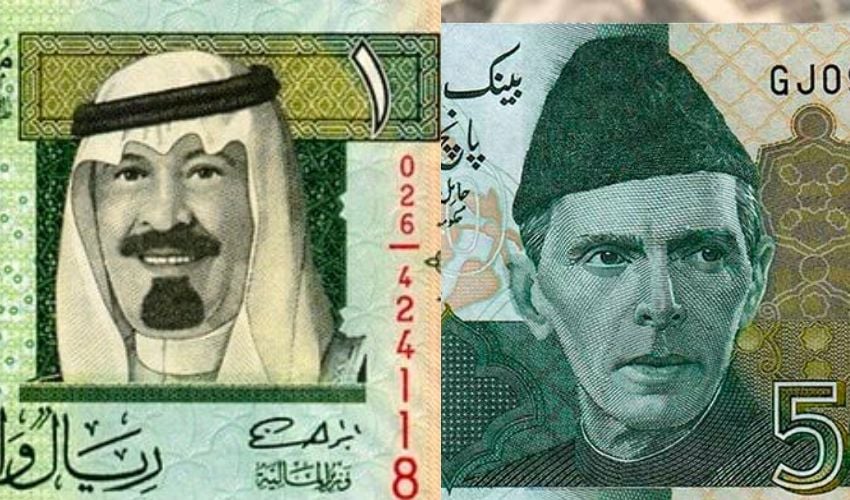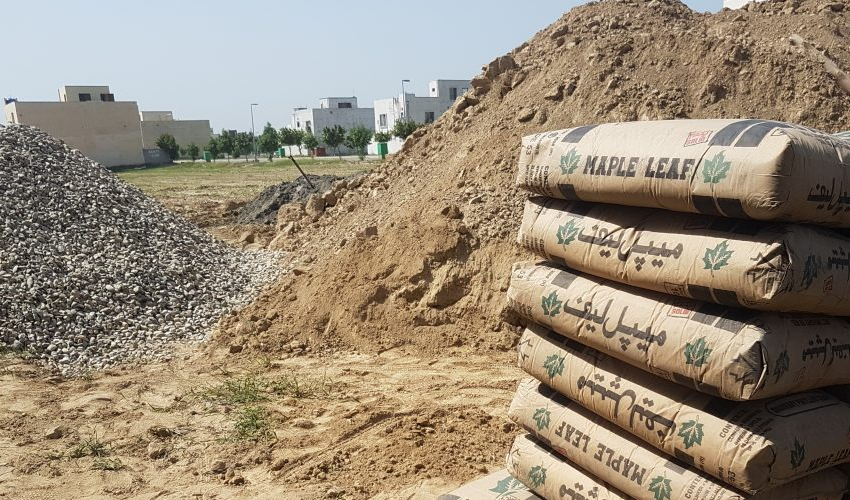Pakistan’s inflation rate slowed to 4.9% in November - marking the lowest price rise since April 2018 - according to the latest data from the Pakistan Bureau of Statistics (PBS).
The figure is well within the central bank's target range of 5-7%, offering a glimmer of relief to consumers after a prolonged period of high inflation.
The consumer price index (CPI) reading for November represents a significant decline compared to 7.2% in October 2024 and a staggering 29.2% in the same month last year. While market expectations had anticipated a slight dip to 4.7%, the actual reading was marginally higher at 4.9%.
The data revealed that the average yearly inflation for the first five months of FY25 stands at 7.94%, a sharp decline from 28.62% recorded during the same period in FY24.
Every month, CPI rose by 0.5% in November, compared to 1.23% in October and 2.7% in November 2023, indicating a more gradual increase in prices over the past month.
Core inflation remains elevated
Although overall inflation has eased, core inflation, which excludes volatile food and energy prices, remains relatively high. Core inflation increased by 8.9% year-on-year (YoY) in November, up from 8.6% in October but a notable improvement from the 18.6% increase recorded in November 2023. On a monthly basis, the core CPI rose by 1.2%, surpassing the 0.6% increase in the previous month.
The government had estimated that inflation would range between 5.8% and 6.8% for November, but the actual rate fell below the upper end of this forecast, offering a positive surprise for policymakers.
Urban and rural inflation
The inflation rate in urban areas stood at 5.2% in November, while it was lower in rural areas at 4.3%. This marks a notable disparity, reflecting the different economic pressures faced by urban and rural populations. Despite the overall easing in inflation, some essential items continue to experience price hikes.
Rising prices of essentials
Prices of essential items, including tomatoes, eggs, lentils, moong, honey, and potatoes, saw an uptick in November, continuing a trend from the previous months. Similarly, the prices of ghee, butter, dry fruits, fish, and cooking oil have become more expensive, further straining household budgets.
In the clothing sector, prices increased by 14.37% YoY, while health facilities and education costs also rose by 13% and 10.55%, respectively, highlighting the growing burden of non-food inflation on consumers.
With the policy rate currently at 15%, and the CPI-based inflation rate at 4.86%, the real interest rate stands at 10.14%, a positive indicator for savers. The gap between inflation and the policy rate suggests that the central bank's monetary tightening measures are having some effect in curbing inflationary pressures.
Outlook
While the easing of inflation is welcome news for consumers, the challenge of high core inflation remains. Analysts suggest that continued supply-side interventions and fiscal measures will be essential to keep inflation under control in the months ahead.
With inflation now falling within the central bank's target range, there is cautious optimism that further inflationary pressures could be mitigated, but concerns over the rising costs of essential goods remain.



























